Eklund modified compression technique is a technique which can be used for patients with augmented or reconstructed breasts post mastectomy.
On this page:
Technique
It consists of posterosuperior displacement of the implants simultaneously to an anterior traction of the breast, pushing the implants towards the chest wall up to flatten. It is a complex technique that requires a significant sensitivity and skill by mammographers.
Application
The technique helps image the portion of the breast that escapes visualization due to the superimposing implant. This technique is applicable whether the implant is posterior or anterior to the pectoral muscle, as long as the implant remains soft and free of encapsulation.
Advantages
The advantages of this technique are represented by a significant improvement in image quality and by the display of a greater amount of breast tissue. The visualized part of the breast parenchyma may vary depending on the size of the breasts and implants.
Limitations
It is used in addition to the routine two projection mammogram, and cannot be used as a substitute as it does not image the most posterior portions of the breast.
History and etymology
It is named after G W Eklund who introduced this new technique in 1988 2.


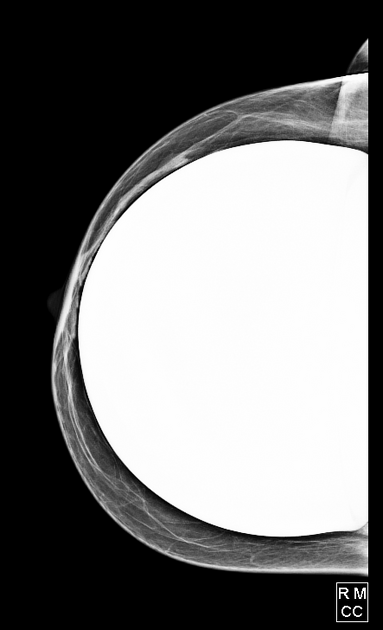
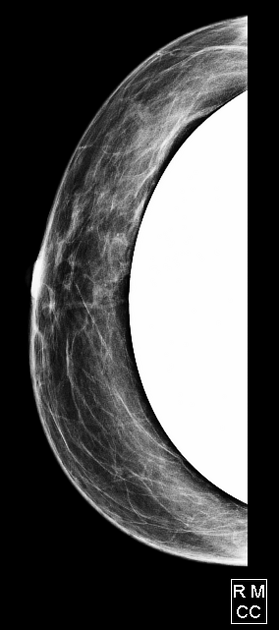
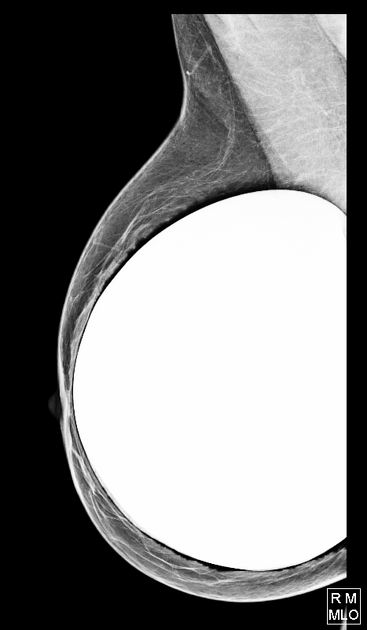
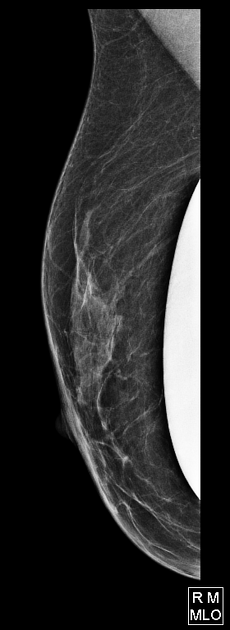
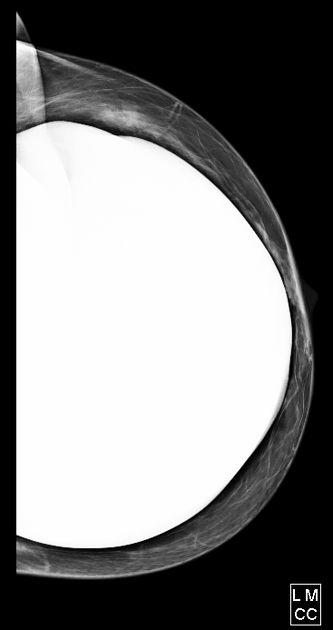
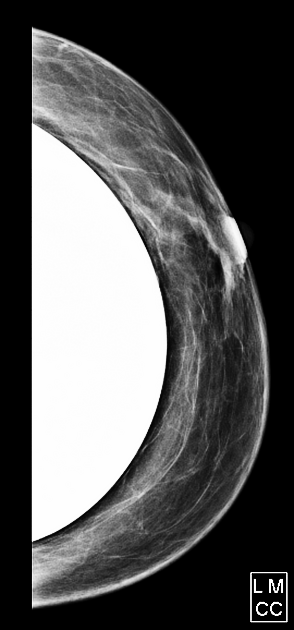
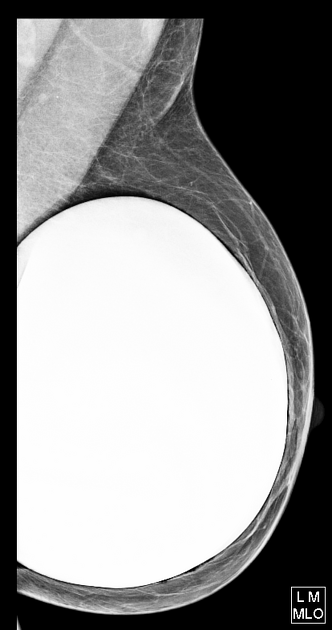
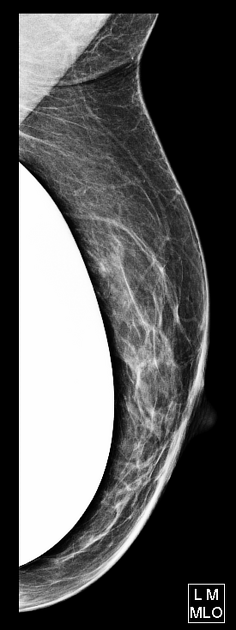


 Unable to process the form. Check for errors and try again.
Unable to process the form. Check for errors and try again.